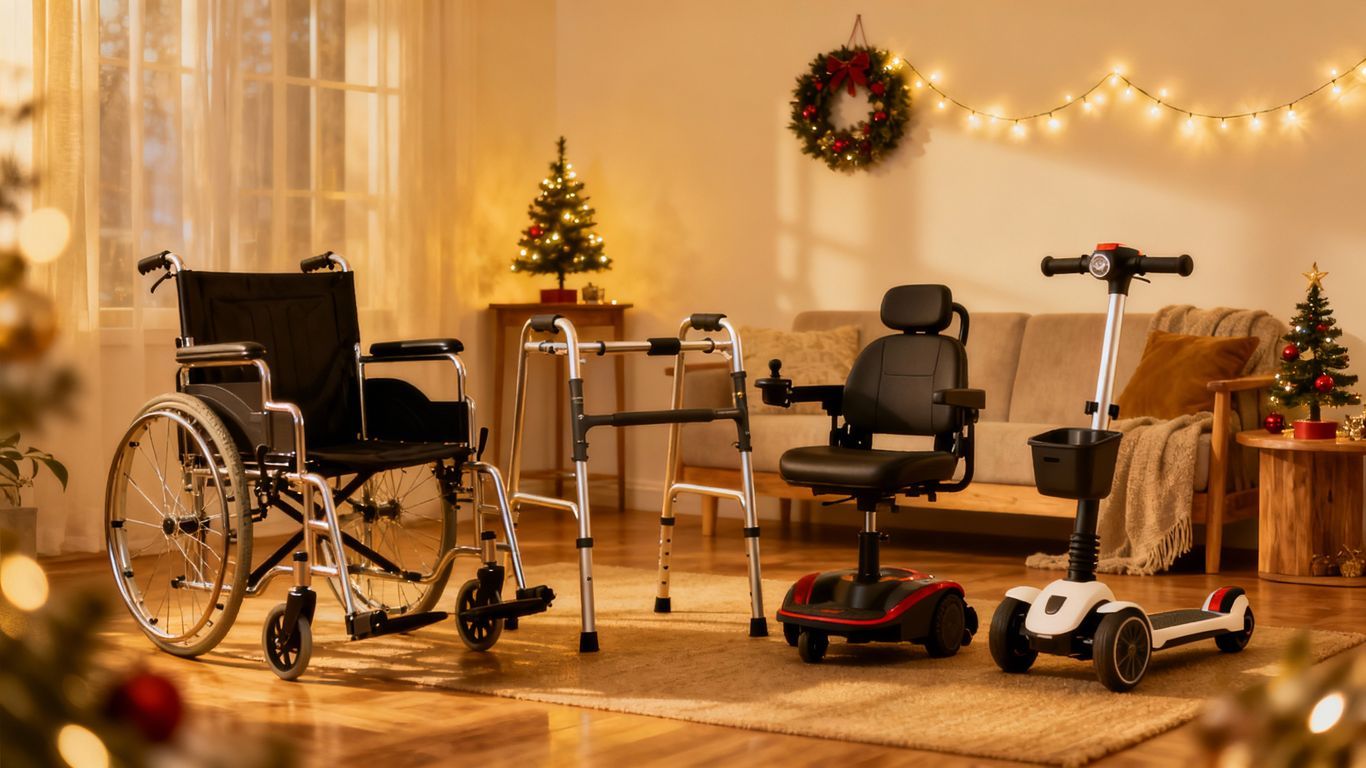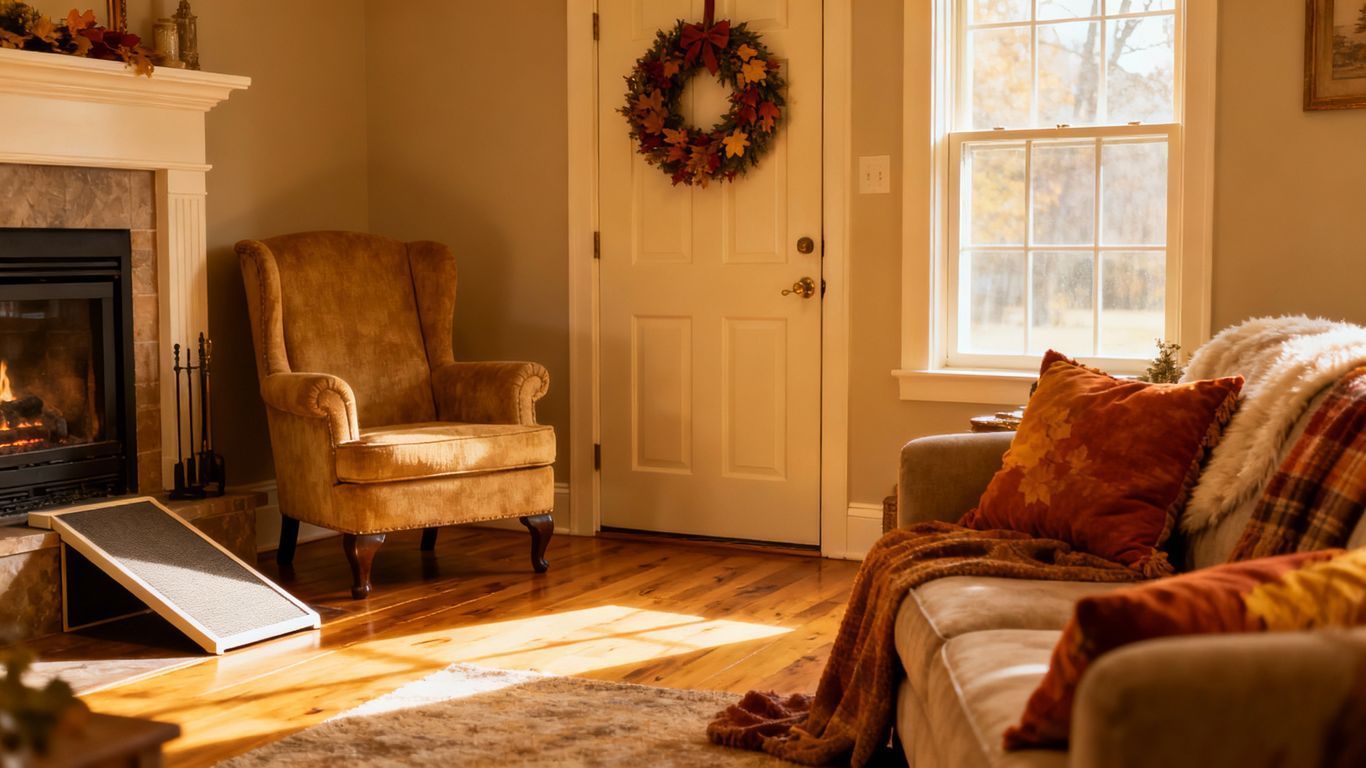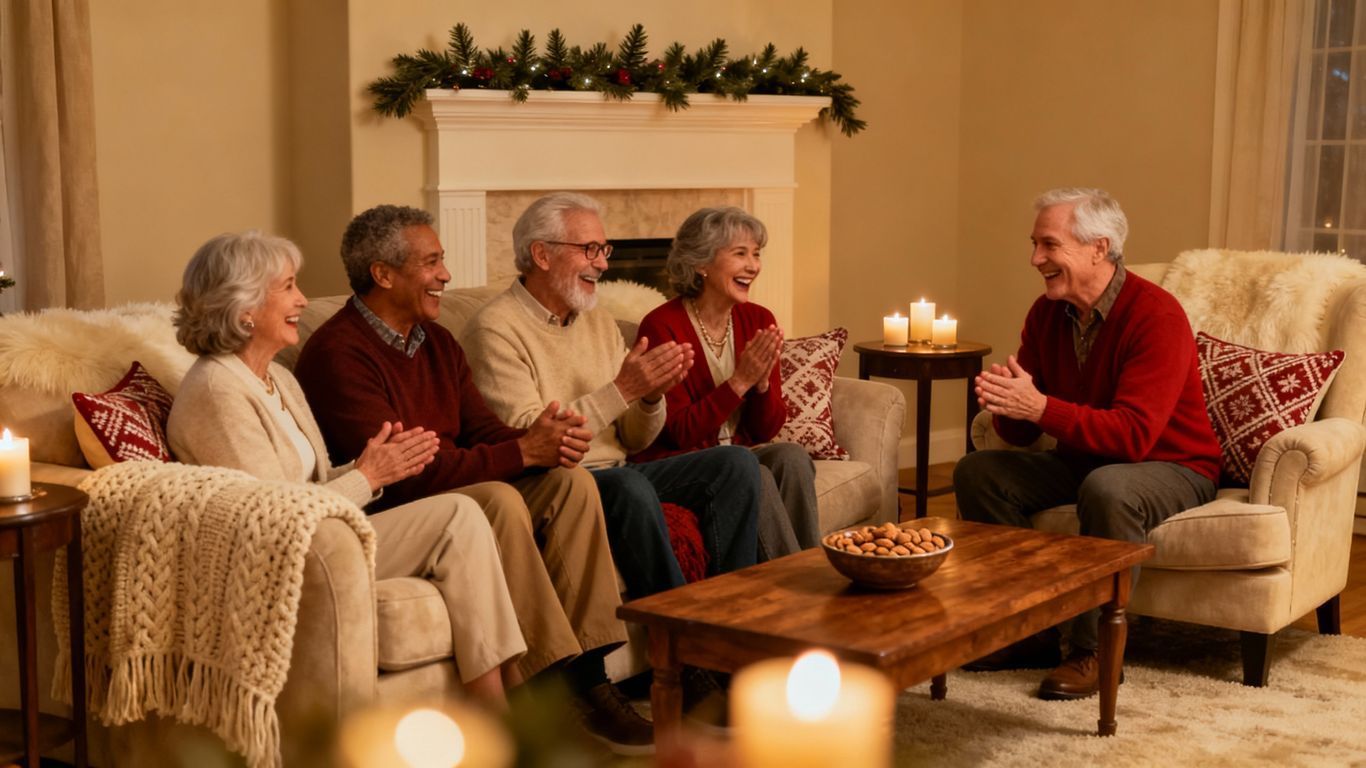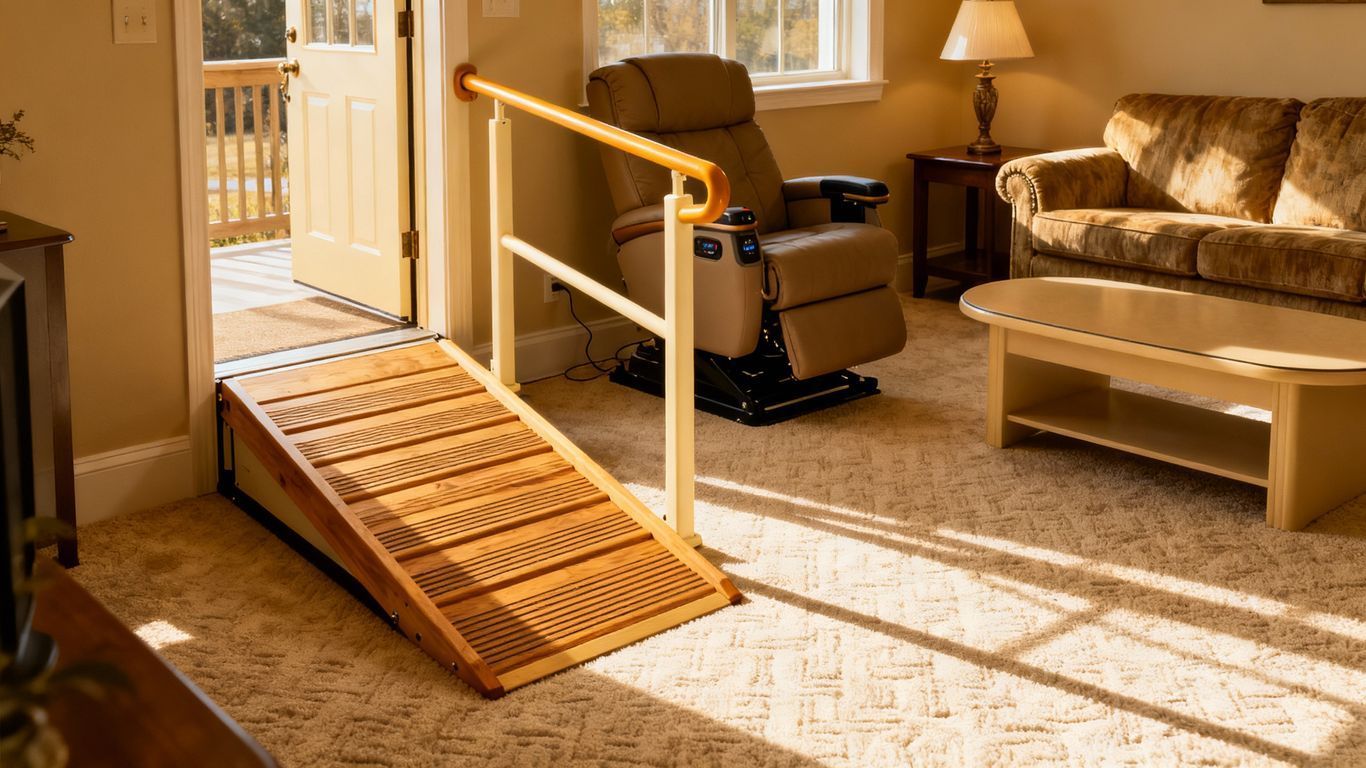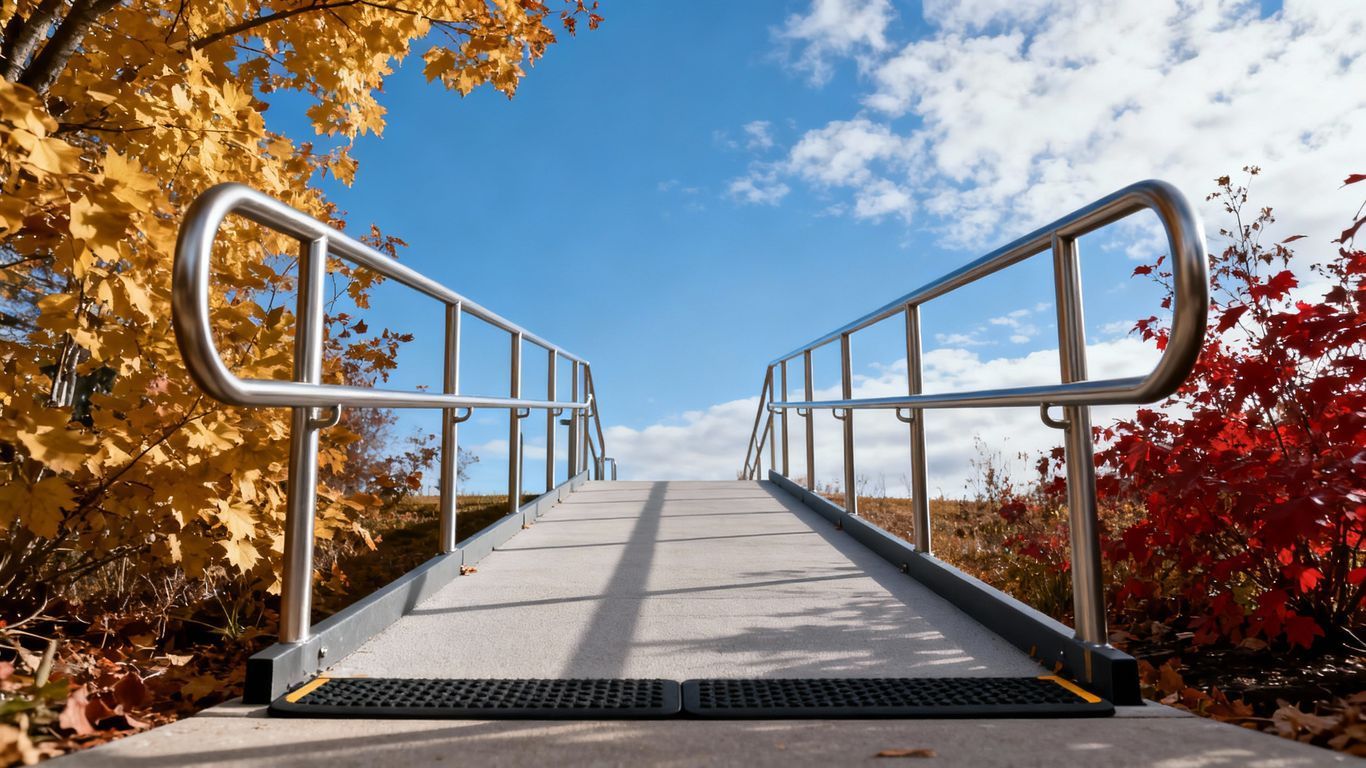Where to Find Scooter Sales and Repair Services in Ringgold
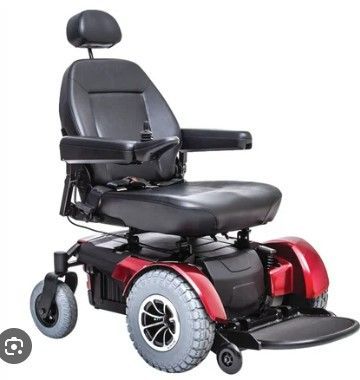
Finding the right scooter can greatly improve your everyday life. In Ringgold, there are plenty of places to buy and repair scooters, making it easier for you to find what you need. This article will guide you through the best places for sales and repairs, the types of scooters available, and tips for maintaining them.
Key Takeaways
- Know your daily needs and physical abilities before buying a scooter.
- There are various types of scooters like travel, heavy-duty, and folding models.
- You can shop for scooters at local stores, online, or look for second-hand options.
- Regular maintenance, including cleaning and battery care, is crucial for keeping your scooter in good shape.
- Using a mobility scooter can enhance your independence, comfort, and safety.
Top Places for Scooter Sales in Ringgold
North Georgia Mobility
North Georgia Mobility is a local favorite in Ringgold, known for its wide range of mobility products. They have been serving the community for nearly 30 years. Their team is dedicated to helping you find the right scooter for your needs, whether it's for daily errands or special outings.
Finding the right scooter can greatly enhance your mobility and independence. Each of these places offers unique options to help you make the best choice.
Types of Scooters Available in Ringgold
In Ringgold, you can find various types of scooters to meet different needs. Choosing the right scooter can greatly enhance your mobility and independence. Here are the main types available:
Travel Scooters
- Lightweight and easy to transport.
- Ideal for short trips and errands.
- Often disassemble for easy storage in vehicles.
Heavy-Duty Scooters
- Designed for larger individuals or rougher terrain.
- Offers more power and stability.
- Suitable for outdoor use and longer distances.
Folding Scooters
- Compact and can be easily folded for transport.
- Great for those with limited storage space.
- Perfect for travel and can fit in most car trunks.
Finding the right type of scooter can make a significant difference in your daily life. Whether you need something for quick trips or more robust options for outdoor adventures, there’s a scooter that fits your needs.
How to Choose the Right Scooter for Your Needs
Choosing the right scooter is important for your daily life. Here are some tips to help you make the best choice:
Assessing Your Daily Activities
- Think about where you will use the scooter most.
- Consider how often you will need it for errands or outings.
- Make a list of your daily activities to see what features you need.
Considering Physical Limitations
- Identify any physical challenges you may have.
- Look for scooters that offer support and comfort for your needs.
- Test different models to find one that feels right for you.
Exploring Budget and Financing Options
- Set a budget for how much you can spend on a scooter.
- Research financing options if you need help with costs.
- Check for any discounts or special offers available in your area.
Finding the right scooter can greatly improve your independence and comfort. Take your time to explore your options and choose wisely!
Maintenance Tips for Your Mobility Scooter
Regular Cleaning and Upkeep
Keeping your mobility scooter clean is essential for its longevity. Regular cleaning helps prevent dirt and grime from building up, which can cause wear and tear. Use a damp cloth to wipe down the scooter, paying special attention to the wheels and undercarriage. Avoid using harsh chemicals that might damage the scooter's finish.
Battery Care and Replacement
The battery is the heart of your mobility scooter. To ensure it lasts, charge it regularly and avoid letting it completely drain. If you notice the battery isn't holding a charge as well as it used to, it might be time for a replacement. Always use the charger that came with your scooter to avoid any issues.
Professional Servicing
Even with regular upkeep, it's a good idea to have your scooter professionally serviced at least once a year. A professional can check for any issues you might have missed and ensure everything is in working order. This can help you avoid unexpected breakdowns and keep your scooter running smoothly.
Taking care of your mobility scooter not only extends its life but also ensures you can continue to enjoy the freedom to move around seamlessly without any restrictions.
Benefits of Using a Mobility Scooter in Ringgold
Using a mobility scooter can greatly improve your daily life. Here are some key benefits:
Increased Independence
Having your own mobility scooter allows you to move around freely. You can go to the store, visit friends, or enjoy local parks without needing help from others. This independence is especially important for quick trips or errands.
Enhanced Comfort and Safety
Mobility scooters are designed with your comfort in mind. They often feature:
- Cushioned seats for a pleasant ride
- Easy-to-use controls for simple navigation
- Stable designs to reduce the risk of falls
These features make them perfect for individuals with physical limitations.
Accessibility in Local Areas
In Ringgold, many places are scooter-friendly. You can easily navigate through:
- Parks
- Shopping centers
- Community events
This accessibility allows you to enjoy local attractions and participate in activities with ease.
Investing in a mobility scooter can significantly enhance your independence and quality of life. With the right support and maintenance, you can enjoy the freedom to move around effortlessly.
Final Thoughts on Scooter Sales and Repair in Ringgold
In conclusion, finding the right mobility scooter and repair services in Ringgold can greatly improve your daily life. Whether you need a scooter for errands or just to get around, there are many options available. Local shops like North Georgia Mobility offer a variety of scooters and services to meet your needs. Online shopping is also a great choice, giving you access to many models and prices. Remember to consider your specific needs and budget when making a decision. Regular maintenance is key to keeping your scooter in good shape. With the right scooter, you can enjoy more freedom and comfort in your daily activities.
Frequently Asked Questions
Where can I buy a scooter in Ringgold?
You can find scooters at local dealers like North Georgia Mobility and Southern Honda Powersports, or you can shop online.
What types of scooters are available?
In Ringgold, you can choose from travel scooters, heavy-duty scooters, and folding scooters.
How do I maintain my mobility scooter?
Regular cleaning, battery care, and yearly professional servicing are important for keeping your scooter in good shape.
Are there benefits to using a mobility scooter?
Yes, mobility scooters can help you feel more independent, comfortable, and safe while getting around.
Can I find used scooters in Ringgold?
Yes, you can check local classifieds, online marketplaces, and community bulletin boards for second-hand scooters.
What should I consider when choosing a scooter?
Think about your daily activities, any physical limitations, and your budget to find the right scooter for you.
